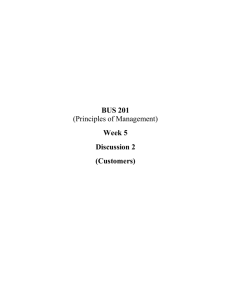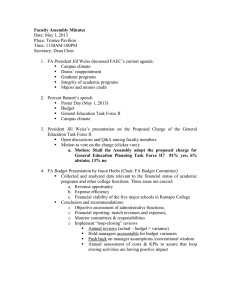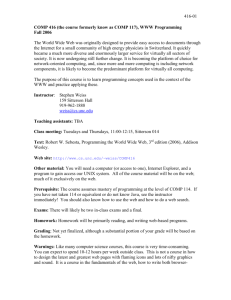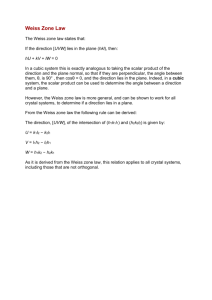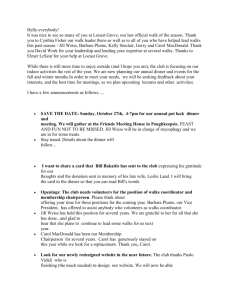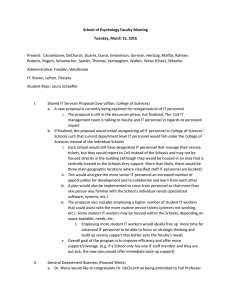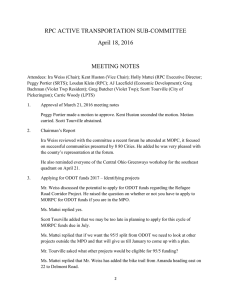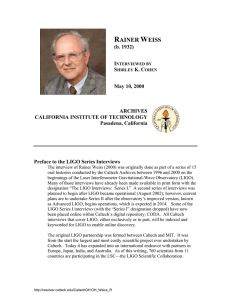Reading Tips and Study Questions Session 11: Evaluation’s Impact
advertisement
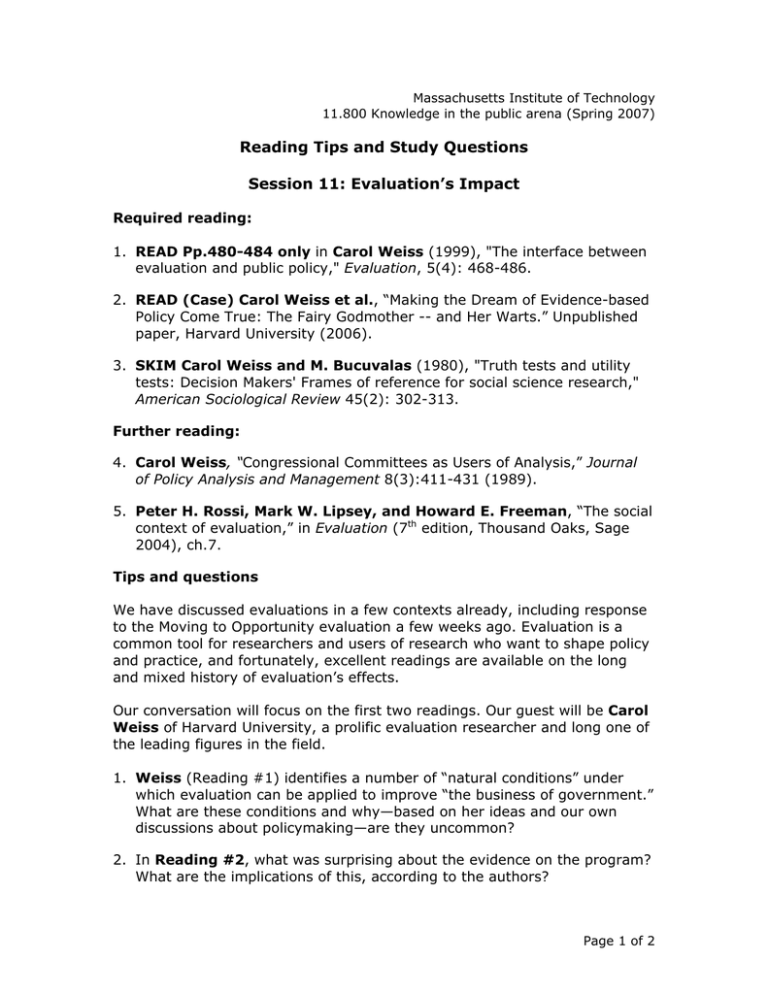
Massachusetts Institute of Technology 11.800 Knowledge in the public arena (Spring 2007) Reading Tips and Study Questions Session 11: Evaluation’s Impact Required reading: 1. READ Pp.480-484 only in Carol Weiss (1999), "The interface between evaluation and public policy," Evaluation, 5(4): 468-486. 2. READ (Case) Carol Weiss et al., “Making the Dream of Evidence-based Policy Come True: The Fairy Godmother -- and Her Warts.” Unpublished paper, Harvard University (2006). 3. SKIM Carol Weiss and M. Bucuvalas (1980), "Truth tests and utility tests: Decision Makers' Frames of reference for social science research," American Sociological Review 45(2): 302-313. Further reading: 4. Carol Weiss, “Congressional Committees as Users of Analysis,” Journal of Policy Analysis and Management 8(3):411-431 (1989). 5. Peter H. Rossi, Mark W. Lipsey, and Howard E. Freeman, “The social context of evaluation,” in Evaluation (7th edition, Thousand Oaks, Sage 2004), ch.7. Tips and questions We have discussed evaluations in a few contexts already, including response to the Moving to Opportunity evaluation a few weeks ago. Evaluation is a common tool for researchers and users of research who want to shape policy and practice, and fortunately, excellent readings are available on the long and mixed history of evaluation’s effects. Our conversation will focus on the first two readings. Our guest will be Carol Weiss of Harvard University, a prolific evaluation researcher and long one of the leading figures in the field. 1. Weiss (Reading #1) identifies a number of “natural conditions” under which evaluation can be applied to improve “the business of government.” What are these conditions and why—based on her ideas and our own discussions about policymaking—are they uncommon? 2. In Reading #2, what was surprising about the evidence on the program? What are the implications of this, according to the authors? Page 1 of 2 3. Weiss and Bucuvalas argue that decisionmakers apply evaluation to their work in ways that are often “diffuse” and quite wide ranging. Why is each type of test—truth and utility—important in this use? Recommended only: 4. Weiss’ article on congressional committees as users of analysis identifies four distinct functions of analysis in the legislative process (as reported by staff insiders): warning, guidance, agenda-setting, and enlightenment. What circumstances and user needs distinguish guidance from warning, and why does “enlightenment” tend to arrive via more informal channels? How does this account of policymaking fit with Kingdon’s, for example, about when and why decisionmakers need particular types of information? 5. Read or skim Rossi et al. for a systematic overview of the context of evaluation: who the stakeholders are, what main types of evaluations are carried out and why, how multiple standards matter, etc. Page 2 of 2
